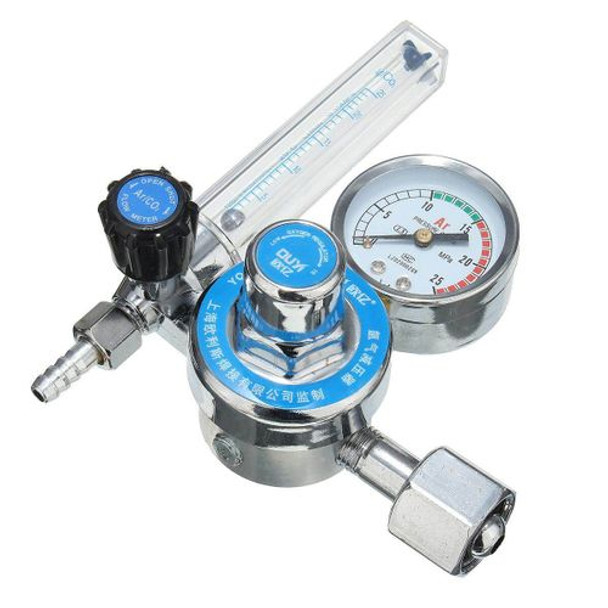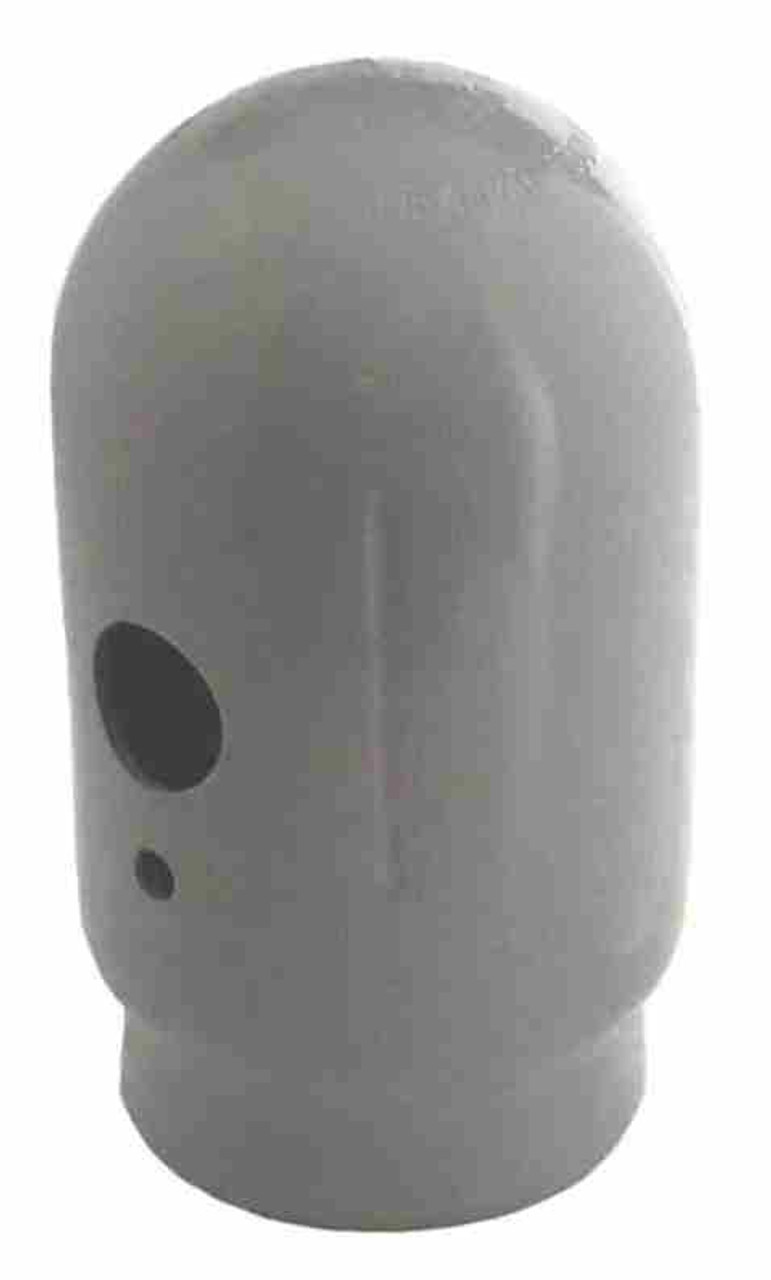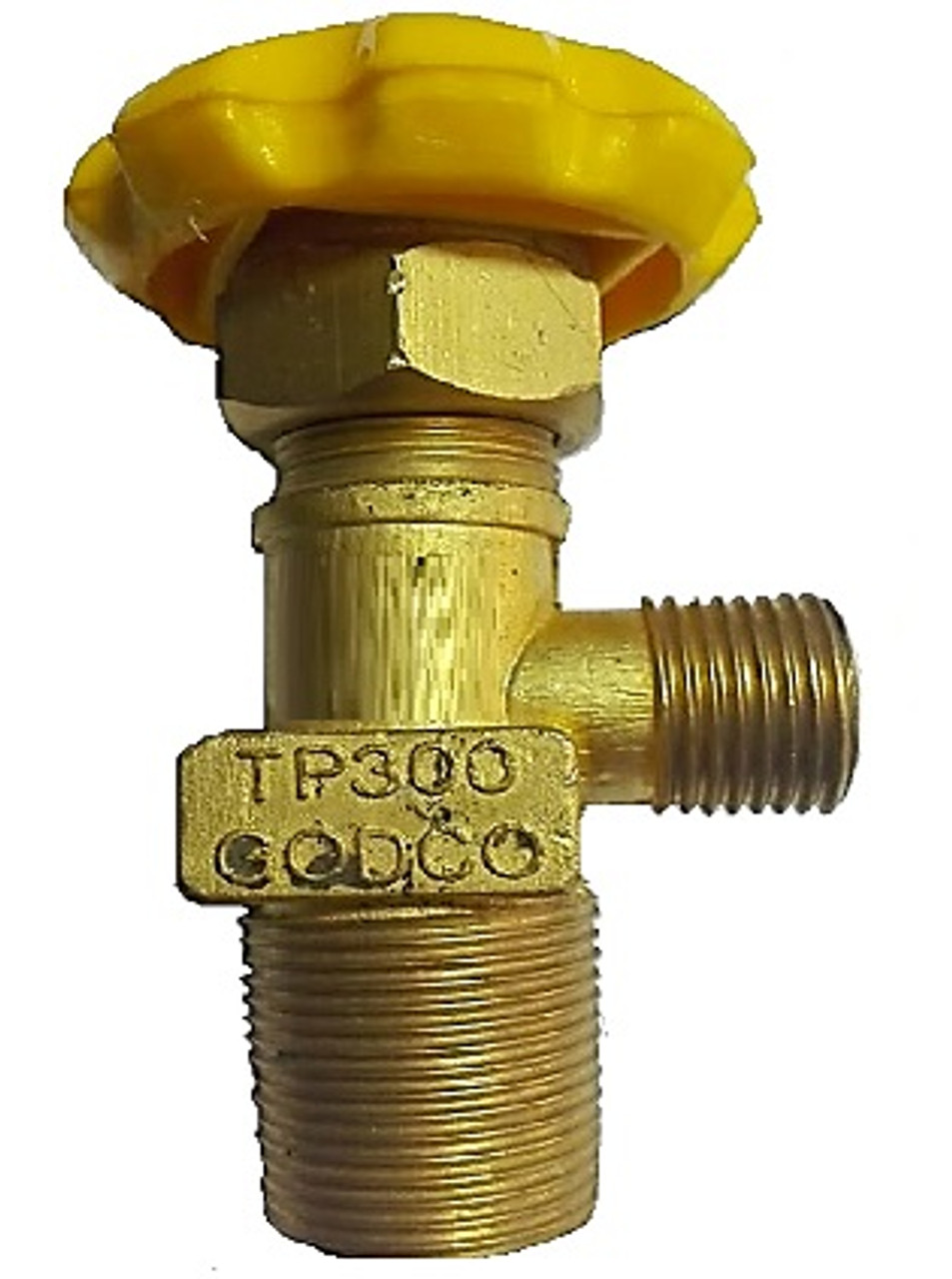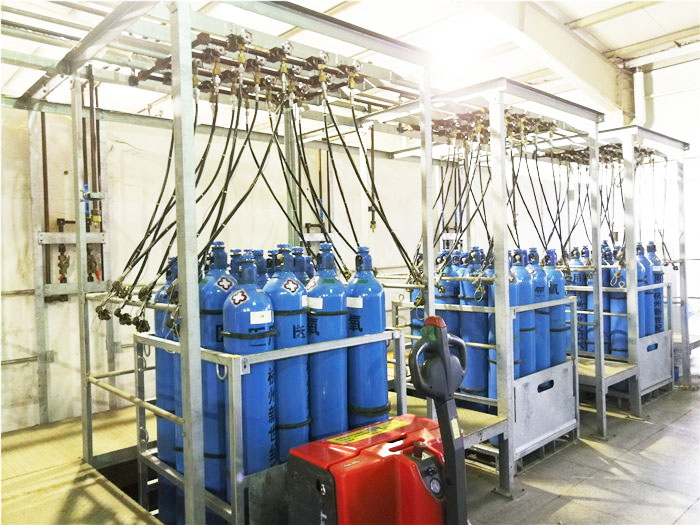Argon Gas: Properties,Uses and Applications
As an industrial gas, argon has become indispensable in manufacturing and technology. You likely encounter applications of this noble gas in your daily life without realizing it. Argon's properties make it uniquely suited for important uses that often go unnoticed.
Argon is colorless, odorless, and chemically inert, meaning it rarely reacts with other elements. With an atomic number of 18, argon belongs to the family of noble gasses, making it stable and nontoxic. These characteristics allow argon to provide an ideal environment for industrial processes that require protection from oxidation or contamination. Argon is also used to provide an inert atmosphere for high-temperature applications where other gasses would react disadvantageously.
The applications and uses of argon are diverse. From the lighting in your home to the semiconductors in your electronic devices to welding aircraft and automotive parts, argon plays an essential role in manufacturing the world around you. Understanding the properties and uses of argon gives insight into how this little-known element profoundly impacts technology and industry.
What is Argon Gas? Properties and Characteristics
Argon is a colorless, odorless, inert gas. It is one of the noble gasses found in Group 18 of the periodic table. Argon has an atomic number of 18 and an atomic weight of 39.95.
Argon gas is the most abundant noble gas, making up approximately 1% of the Earth's atmosphere. It is extracted from the air through a process known as fractional distillation. Argon is nonflammable, chemically inert and forms no known stable compounds.
Some important properties and characteristics of argon gas include:
- Density: Argon gas is denser than air with a density of 1.78 kg/m3 under standard temperature and pressure conditions.
- Boiling and Melting Points: Argon has a boiling point of -185.9°C and a melting point of -189.4°C.
- Solubility: Argon gas has very low solubility in water and most other liquids. It is slightly more soluble in organic solvents like ethanol.
- Thermal Conductivity: Argon is a poor conductor of heat with a thermal conductivity of 0.01772 W/mK.
Due to its inert and nonreactive nature, argon gas has many applications. It is commonly used in welding, as a shielding gas to protect the weld pool from atmospheric gasses like oxygen and nitrogen. Argon gas is also used in the production of electronics and lighting, as an insulating gas in double-glazed windows, and even has some applications in medicine for use in cryosurgery. With its unique properties and characteristics, argon gas has become an important industrial gas used in many areas of science and technology.
Bulk Storage Tank Ambient Air Vaporizer [ Oxygen - Nitrogen - Argon ]
How Argon Gas Is Produced and Purified
Argon gas is produced through the fractional distillation of liquid air. Air is first cooled to an extremely low temperature, which causes it to liquefy. The liquid air is then allowed to warm up in a distillation column, which separates the gasses based on their boiling points. Argon has a boiling point of -185.7°C, so it condenses at a higher temperature than oxygen or nitrogen.
The crude argon gas produced through distillation typically contains impurities like oxygen, nitrogen, and water vapor that must be removed through purification processes. One method is the Linde double-column process, in which the crude argon is distilled to increase its purity to 99-99.5%. Further purification to 99.995-99.999% purity is achieved through adsorption of the remaining impurities onto activated charcoal.
Other techniques like cryogenic distillation and membrane separation are also used to produce high-purity argon. For certain applications like welding, argon of 99.998% purity or higher is required. Highly pure argon is essential for applications where even trace impurities can have undesirable effects.
Whether for industrial, commercial or research purposes, producing and purifying argon requires a multi-step process to separate it from air and remove impurities. With its unique properties and elemental stability, highly purified argon has become indispensable for critical applications in areas like welding, electronics, lighting, and scientific research. By understanding the techniques used to isolate this noble gas, we gain a deeper appreciation for its usefulness.
Hellog Argon CO2 Mig/Tig Flow Meter Regulator
Common Uses of Argon Gas
Argon gas has many practical applications thanks to its stable and inert properties. As an odorless, colorless, nonflammable noble gas, argon is useful in situations where an inert atmosphere is required.
Preserving Reactive Substances
Argon is commonly used to preserve reactive substances that can oxidize or deteriorate when exposed to air. For example, many metals like lithium, sodium, and titanium are stored under argon because they readily react with oxygen and moisture in the air. Argon is also used to preserve culturally important artifacts like historic documents, artwork, and museum specimens.
Welding and Metal Fabrication
Argon is frequently used as a shielding gas in welding processes like TIG welding. When metals are heated during welding, argon gas is blown over the welding site to prevent oxidation and contamination of the molten weld pool. This produces a cleaner weld with improved mechanical properties. Argon is also used in plasma cutting, where an ionized argon gas plasma is used to cut through conductive materials.
Electronics and Lighting
Argon is used to fill incandescent light bulbs and fluorescent tubes to provide an inert atmosphere and increase the lifespan of the filament. It is also used to fill the dead space in double-paned windows to improve insulation. In electronics, argon is used to provide an inert atmosphere for the production of semiconductors and microchips. Residual oxygen and moisture must be removed to prevent oxidation during the manufacturing process.
Laboratory Applications
Argon has several applications for creating inert atmospheres in scientific laboratories. It is used to fill glove boxes for handling reactive compounds in an oxygen-free environment. Argon is also commonly used as a carrier gas for gas chromatography and as a fill gas for vacuum tubes and X-ray tubes where oxygen must be excluded.
In summary, argon gas has many diverse and useful applications thanks to its stable, inert and nonreactive properties. Whether for industrial, commercial or scientific purposes, argon provides an ideal oxygen-free environment for many processes and helps preserve reactive materials that deteriorate when exposed to air.
Compressed Gas cylinder caps (for Safety and storage) for Oxygen, Argon, Helium, Acetylene
Industrial Applications of Argon Gas
Argon gas has several important industrial applications due to its inert properties.
1. Welding
Argon is commonly used as a shielding gas in arc welding processes like tungsten inert gas (TIG) welding and metal inert gas (MIG) welding. When an electric arc is struck between the workpiece and an electrode, the high temperatures can oxidize the weld puddle and electrode. Argon shields the weld puddle and electrode from the atmosphere, preventing oxidation. This allows for high quality, defect-free welds.
2. Steel Production
Argon is often used in the production of steel and other metals. During the oxygen steelmaking process, oxygen is blown through the molten iron to lower the carbon content. Argon is then added to stir the molten steel and provide an inert atmosphere above the steel. This prevents re-oxidation of elements in the steel and formation of nitrogen bubbles. Argon also reduces heat loss, allowing for a faster decarburization process.
3.Electronics
Argon is used during the manufacturing of semiconductors and other electronic components because of its inert and non-reactive properties. When producing semiconductors like silicon wafers, an argon atmosphere is used to prevent oxidation and contamination. Argon is also used as a carrier gas to precisely deposit or etch materials onto substrates. In the production of electronic displays, argon-ion lasers can be used to etch circuits and components onto display panels.
4. Preservation
The inertness of argon makes it useful for preservation of sensitive materials. Argon is used to displace oxygen in sealed enclosures, creating an oxygen-free environment. This prevents oxidation and degradation of the contents. Argon preservation is used for historical artifacts, documents, seeds, and other organic materials. The low solubility of argon in liquids also allows it to create an inert atmosphere over the surface of wine in opened bottles, helping to prevent oxidation.
In summary, argon has widespread commercial and industrial applications due to its chemically inert and nonreactive properties. It is essential for high-quality welding and metal production, manufacturing semiconductors and electronics, and preservation of oxygen-sensitive materials. The unique properties of this noble gas allow it to serve in a protective capacity across many industries.
Argon Valve...Used for throttling or regulating flow
Argon Gas Safety Precautions and Handling
When handling argon gas, it is important to take proper safety precautions to avoid injury. As an inert gas, argon itself is non-toxic and non-reactive. However, it can act as an asphyxiant in high concentrations by displacing oxygen. Always work in a well-ventilated area and never inhale argon gas.
1. Cylinder Handling
Exercise caution when moving and securing argon gas cylinders. Fasten cylinders securely in an upright position to prevent tipping using chains, straps or clamps. Ensure valves are closed when cylinders are not in use and when empty. Only open cylinder valves slowly while facing away from the outlet. Never drop, drag or roll cylinders.
2. Regulator Use
Attach regulators designed for argon service to cylinders before use. Verify the regulator is fitted for the proper cylinder outlet and pressure rating. Slowly open cylinder valves when pressurizing regulators. Never exceed the maximum outlet pressure rating for regulators and piping systems. Close cylinder valves and bleed the regulator of pressure before removing from service.
3. Piping Systems
Use piping and tubing specifically rated and approved for argon gas service with proper pressure ratings for the system. Ensure all connections are securely tightened and leak-free before pressurizing the system. Never use PTFE thread sealant, as it can jam regulator valve stems. Label all piping to identify the gas service. Install emergency shutoff valves for quick isolation during an emergency.
4. Personal Protective Equipment
Use appropriate personal protective equipment (PPE) when handling and using argon gas including safety glasses, work gloves and protective clothing. In some applications, a face shield may also be necessary. Never handle cylinders or piping systems with bare hands, as extreme cold can cause injury.
By following recommended safety precautions and proper handling procedures for argon gas and equipment, operators can work confidently while avoiding injury or incident. Always put safety first when using inert gasses.
We offer excellent Argon gas Filling and cylinder maintenance services... Contact us today for a free quote
Conclusion
You now have a greater understanding of argon gas, its properties and applications. This versatile and flexible gas has many uses in industry and technology that often go unnoticed but provide significant benefits. Argon's unique combination of being inert, dense, and abundant makes it suitable for applications where these properties are highly valued. By gaining knowledge about the fundamentals of argon gas, you can appreciate why it is so commonly used and how it enables many technologies and industrial processes we now rely on. The next time you see argon mentioned on a product or in an industrial setting, you will understand its critical role and importance. Argon gas may seem like an ordinary and uninteresting substance, but as you have discovered, its properties and applications are quite extraordinary.
Recent Posts
-
Dongcheng Rotary Hammer: A Comprehensive Guide for Contractors
Key takeaway;The DongCheng Rotary Hammer serves as an invaluable resource for contractors seeking to …Apr 26, 2024 -
Innovative Uses of Construction Chemicals in Modern Architecture
Construction chemicals are essential compounds used in building structures, with polymers being one …Apr 25, 2024 -
Comparing Inverter Generators vs. Conventional Generators
Key takeawayWhen comparing inverter generators to conventional generators, it's essential to co …Apr 24, 2024


![Bulk Storage Tank Ambient Air Vaporizer [ Oxygen - Nitrogen - Argon ] Bulk Storage Tank Ambient Air Vaporizer [ Oxygen - Nitrogen - Argon ]](/product_images/uploaded_images/bulk-storage-tank-ambient-air-vaporizer-oxygen-nitrogen-argon-.jpg)






